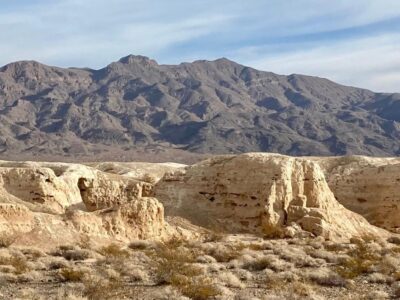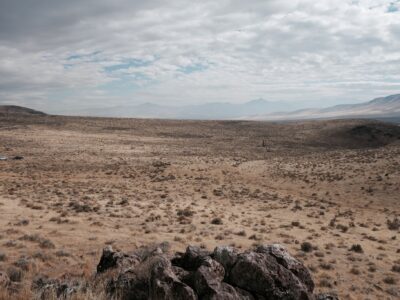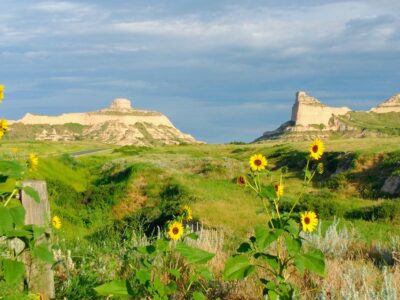Geothermal energy is considered one of the most effective renewable power sources. However, it is also one of the more complex ones to tap into. The problem with geothermal is drilling deep into the Earth’s crust to harness that energy is time-consuming, expensive, and dangerous. That is why countries with active volcano hotspots like Iceland want to use it.
The Krafla Magma Testbed (KMT) in Northeast Iceland is one such hotspot, aiming to make breakthroughs in scientific understanding of Earth’s geothermal system and the first place where people can visit an active magma well. Volcanologists and seismologists want to use this well to predict volcanic activity and earthquakes better.
Iceland has been plagued by massive eruptions for the last 20 years because the island sits on the edge of the North American and Eurasian tectonic plates. These shift around a lot, causing earthquakes and eruptions that ground planes and complicate transoceanic navigation greatly. One study found some eruptions are linked to climate change.
Photo Courtesy Wikimedia
This work is the first time researchers have been able to view the Earth’s crust and core openly. Of course, it’s not without its risks. The magma is thousands of degrees hot, and poisonous gases are known to lie dormant in these chambers. However, the Icelandic state energy company Landsvirkjun has eyed the Krafla magma well as a geothermal source for years.
Landsvirkjun began digging at Krafla in 2009 as part of the Iceland Deep Drilling Project (IDDP). The original goal was to drill 4,500 meters to tap into the supercritical water reservoirs above the magma.
However, when they reached 2,100 meters down, the drill hit the quenched glass, realizing the magma was much higher than they anticipated.
“Except for one other minor case, it’s the only place where people have actually drilled to magma, and to know exactly where magma is and what the conditions are and that it’s feasible to drill there is an absolutely incredible and unprecedented thing,” John Eichelberger, founding scientist and member of the executive board of the KMT and adjunct research professor at the University of Alaska-Fairbanks, said in a 2015 Landsvirkjun video.
According to Björn Þór Guðmundsson, KMT CEO, the idea for the project sprung from the discovery of the IDDP, prompting researchers to find a way to tap into this geothermal energy successfully and safely. The magma could supply more than 13 MW of energy to power 60,000 homes. It would only take two boreholes in the well to do so; however, it will be technically challenging.
The temperature and corrosive gases are some of the main hazards to setting up a renewable energy link. The electronics will also need to be resistant to ultra-high temperature and pressure.
Photo Courtesy Tetiana Grypachevska
“Through this direct observation, we aim to enhance our ability to monitor and forecast volcanic events,” Guðmundsson told Think Geoenergy. “By refining our interpretations and models of the signals monitored during volcanic unrest, we will develop new methods to improve early warning systems for volcanic eruptions, ultimately reducing the risks they pose.”
Some volcanologists hope breakthroughs at Krafla will lead to more active volcano areas to tap into their geothermal energy.
Yellowstone National Park is one of the world’s largest underground supervolcanos, and the Indonesia archipelago has many active volcanoes.
KMT sent representatives to COP28 in Dubai last December to showcase the power of geothermal energy. Several international climate advocacy groups and politicians from the U.S., Norway, and the UAE joined the discussion. KMT explained the urgency of switching off fossil fuels and how using volcanos for renewable energy could fill the gaps left by other renewables.
Even with 15 years of research under their belt, Eichelberger said in Science that there is still much more to learn about the functionality and viability of magma as a renewable energy. Ideally, the observatory will shed new light on energy generation and seismic activity; some hope they will even witness an eruption in person.
If the KMT team is successful in its endeavors, it hopes to see more investment in global geothermal projects. The team members could learn to tap into all kinds of geothermal thermal energy systems: geysers, near-magma solutions like KMT, hot springs, and ocean floor geothermal. This effort could lead to massive achievements in renewable energy generation.





